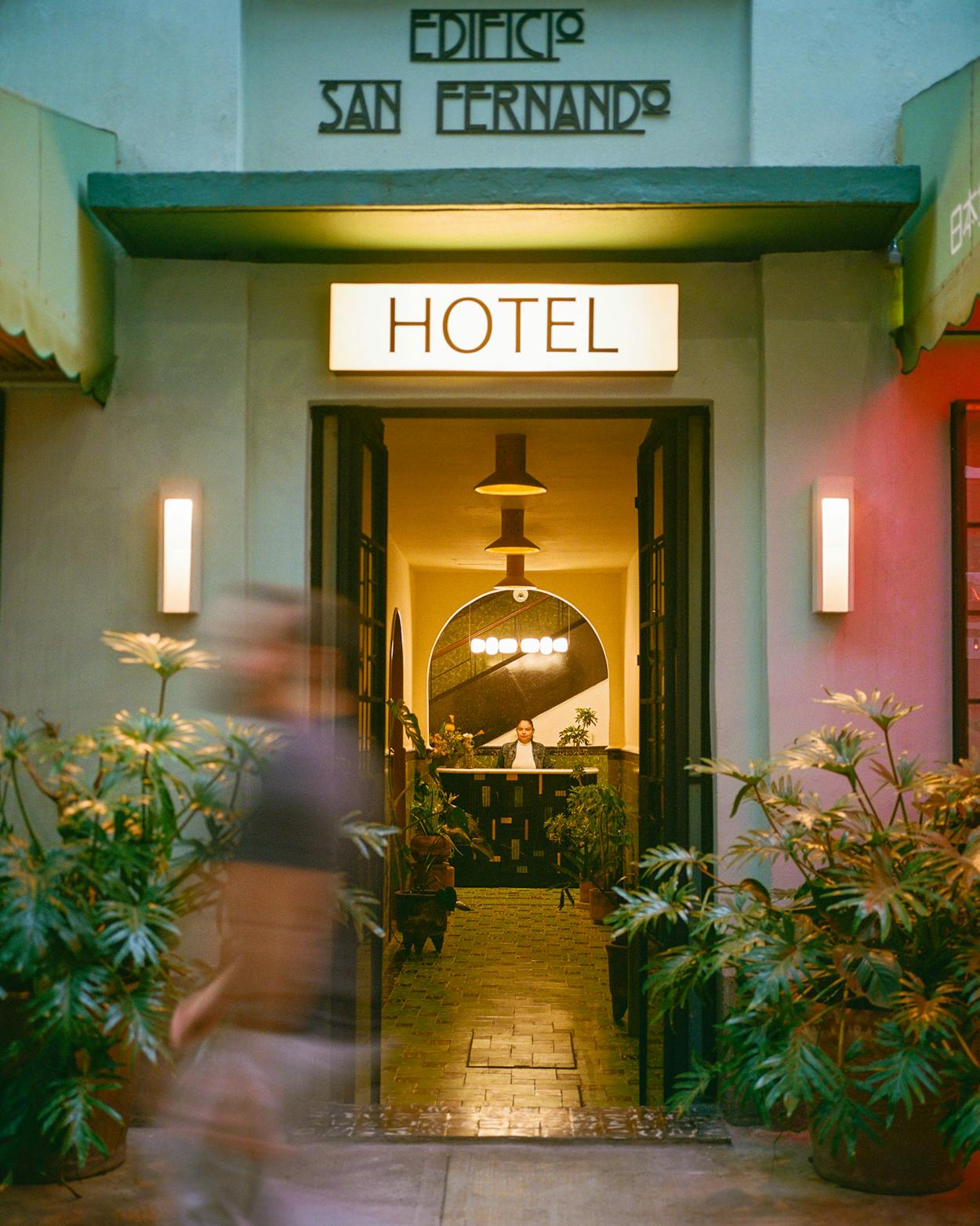Mexico City’s Edificio San Fernando has had many lives. The art deco space dates back to 1947, when it was built with handcrafted concrete encaustic tile floors, colorful stained glass windows, and a grand geometrical staircase. Though those features have remained throughout the decades, a modern breeze has swept through this historic building in the form of a remodeling and refresh by Austin-based hotel group Bunkhouse.
When the San Fernando was built, the Mexican economy was booming and the capital city expanding, drawing immigrants from the countryside and abroad. Much like today, visitors to the capital dreamed of setting up house in one of the modern colonias developing outside of the Centro Histórico. New neighborhoods such as Condesa and Roma were known for their wide promenades, leafy parks, and modern amenities like electric street lights and newly paved streets and sidewalks. In Condesa, architects Francisco Serrano and Ernesto Buenrostro populated the streets with gorgeous art deco architecture. Edificio San Fernando opened at 54 Iztaccihuatl Street as an apartment complex.
The team at Bunkhouse has plenty of experience with storied locations. Their Hotel San José in Austin was a vibrant motor court in the thirties but had fallen into disrepair by the time the team helped to remodel it in the late nineties. The Austin Motel, which Bunkhouse renovated in 2017, has been an iconic landmark south of the river since Jennie and Earnest Stewart opened it in 1938. Hotel San Fernando is Bunkhouse’s second project in Mexico. “I think like so many people I fell in love with Mexico City in a major way,” says Tenaya Hills, Bunkhouse’s senior vice president of design and development, who has been commuting with her team to Mexico City from Austin for the last year. “Coming from Texas, it’s a three-hour flight, and I think that we all feel really lucky that we’re three hours from somewhere that’s so culturally rich and interesting. There’s all the great food, and museums, shopping, everything.”
The bones of San Fernando—which most recently functioned as a hotel and hostel—were perfect for the “home away from home” feeling, Hills says, but the team wanted to freshen things up. They repainted all rooms, converted the rooftop from hostel rooms to suites, carved out open-air rooftop seating areas, and built out a brand-new lobby bar.
Visitors once entered through a dark, narrow hallway to reach the hotel’s front desk, but now the street-facing bar and lounge welcome visitors and locals alike to come in and explore. Walk through the arched doorways and a multicolored print of a xoloitzcuintli, the royal Aztec dog, graces one wall. A cactus-shaped candelabra is its own art installation at the end of the bar, and plushy jewel-toned sofas and chairs cluster around small tables.
“I hope it’ll become a place for the neighborhood, which is what we always like to do,” says Amar Lalvani, executive chairman of Bunkhouse’s parent company. “It’s a perfect little place near the park, a cafe that turns into a bar in the evening. We wanted to create a gathering point for people, which I hope we’ve achieved.”
Like many newcomers to Mexico City, Lalvani fell in love with the capital when he started visiting from the U.S. seven years ago. When the right opportunity came along to bring Bunkhouse to CDMX, his priority was to create a space that would imitate the experience of living in the vibrant metropolis. “The rooms are a place where you can settle in and hide away in a neighborhood and in a building that you or I would love to live in. Settling into your apartment in Mexico City with a small kitchenette, making your own coffee, opening the windows, you feel like you really live in Condesa.”
With that in mind, most of the nineteen rooms at San Fernando are designed as small apartments, with miniature kitchens, dining room tables for two, and private outdoor terraces complete with potted plants and wooden patio furniture. “It probably falls somewhere between an Airbnb experience and a hotel experience. I think this gives you the best of both,” says Lalvani.
Everywhere you turn in Hotel San Fernando, you’ll find the carefully curated choices of the design team—the wildly colorful artwork of Pedro Friedeberg and Ricardo Guevara, lounge chairs from CDMX furniture showroom Originario, and guest rooms outfitted by the La Metropolitana workshop.
“If we’re going to be leading people to new places, then we should really, truly understand where we’re telling them to go,” says Hills, who has spent the last year scouring the city’s markets and exploring its streets. “I’m a big proponent of truly being somewhere when you’re there. You’re not always in New York. You’re not always in Mexico City. I think that’s very important when you first arrive to try and understand a place and have conversations with people and just enjoy. That’s very, very important for a project.” For travelers wanting a taste of Mexico City’s present and past, there’s now a place to serve as your home away from home in Mexico’s grand capital.
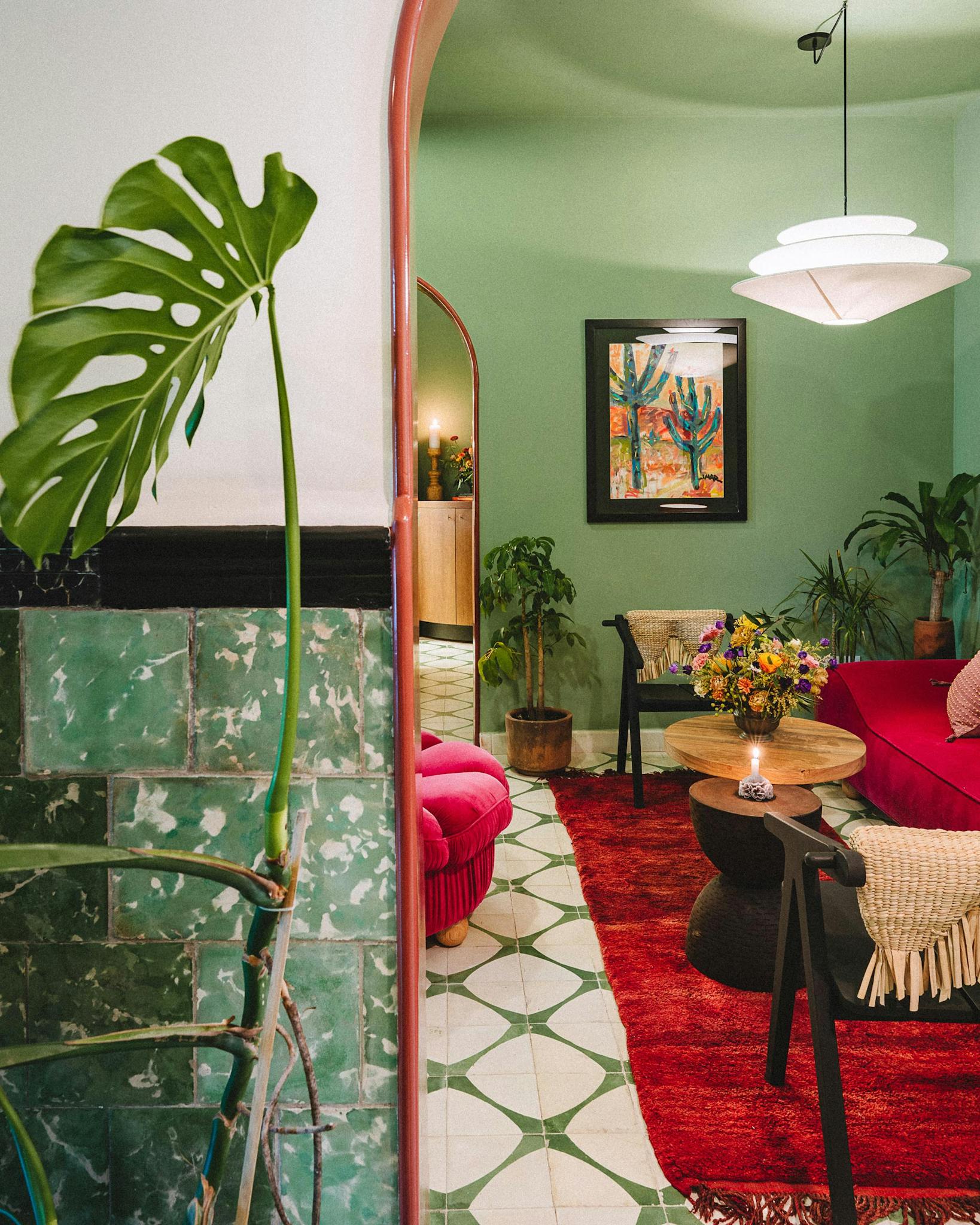
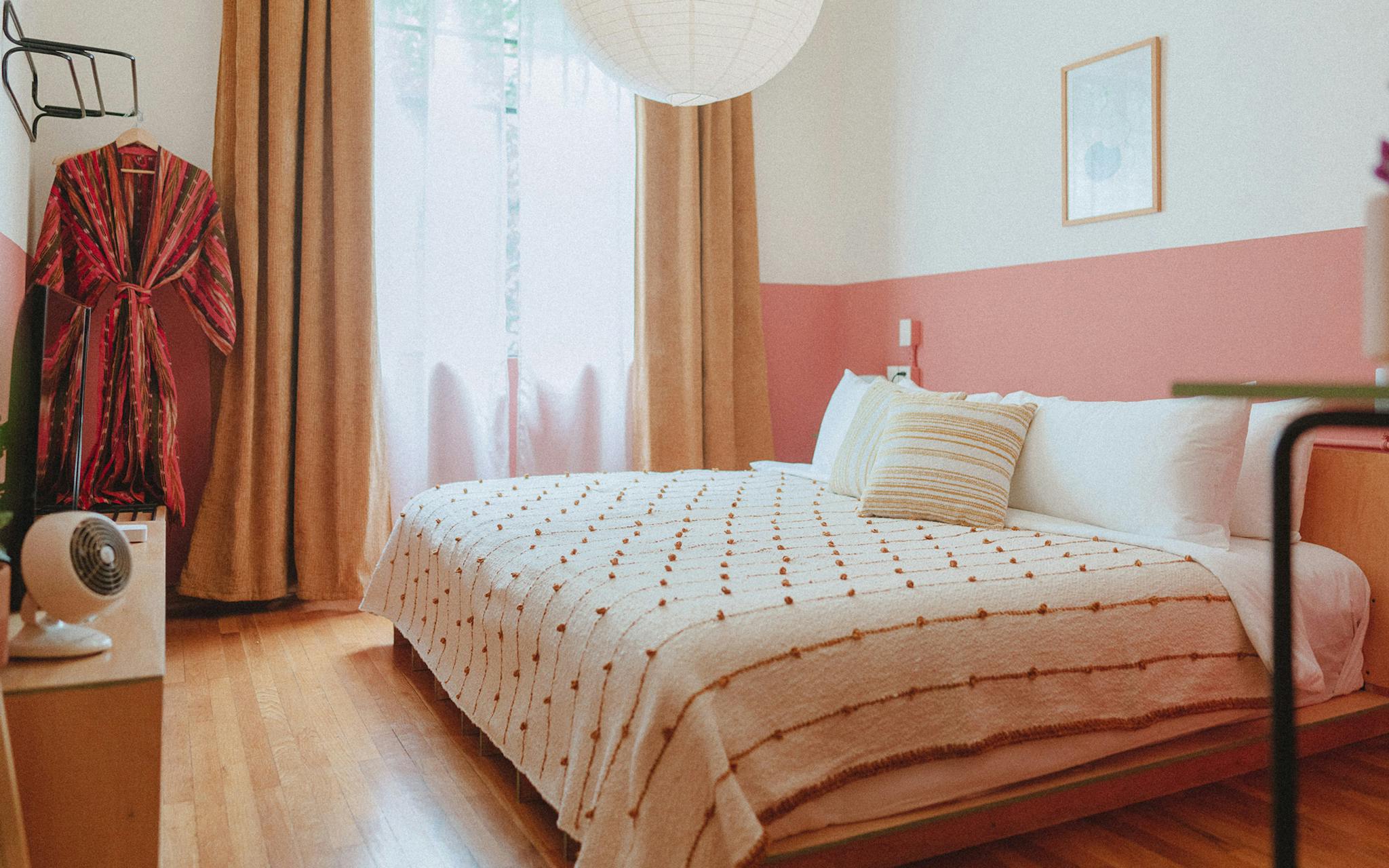
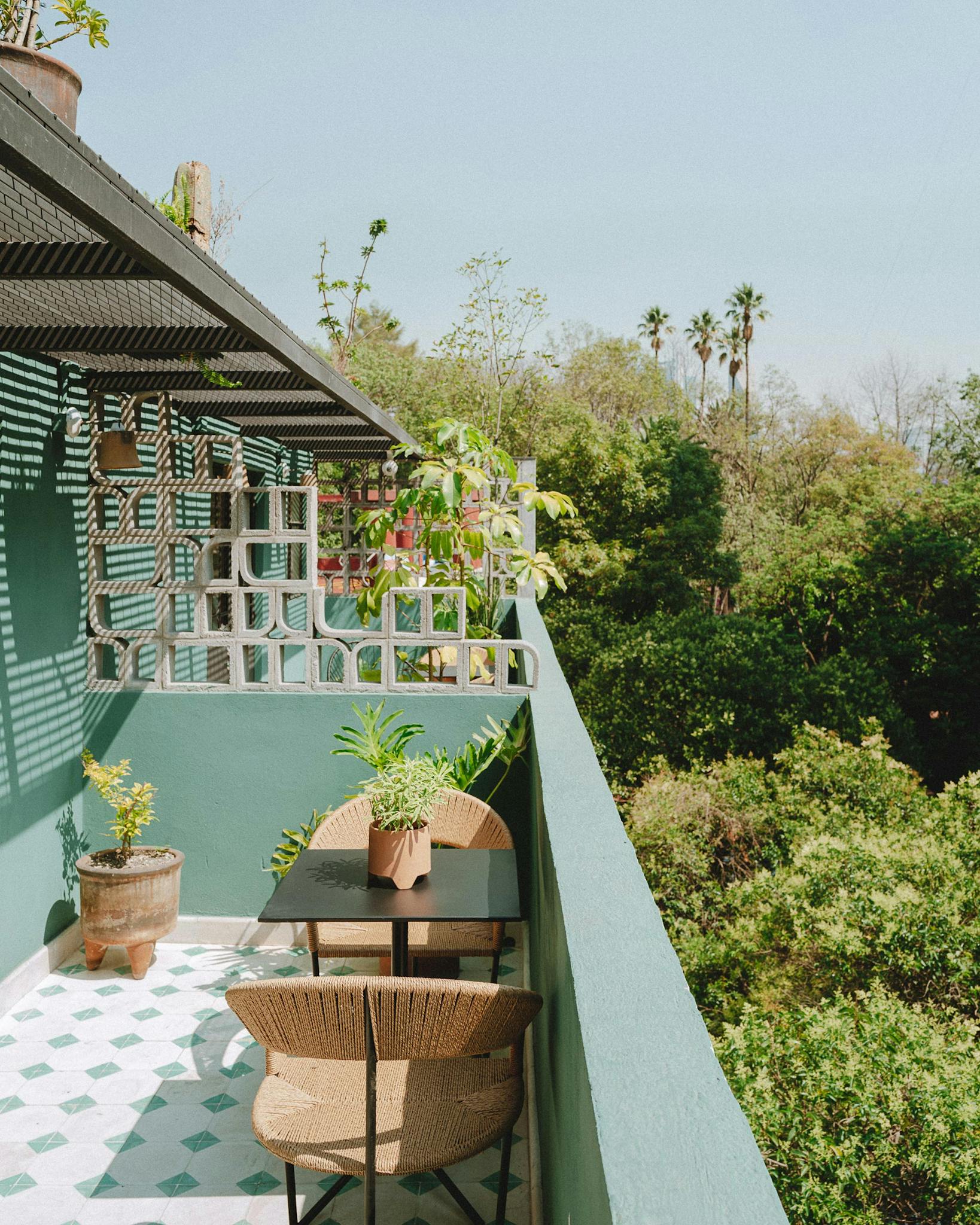
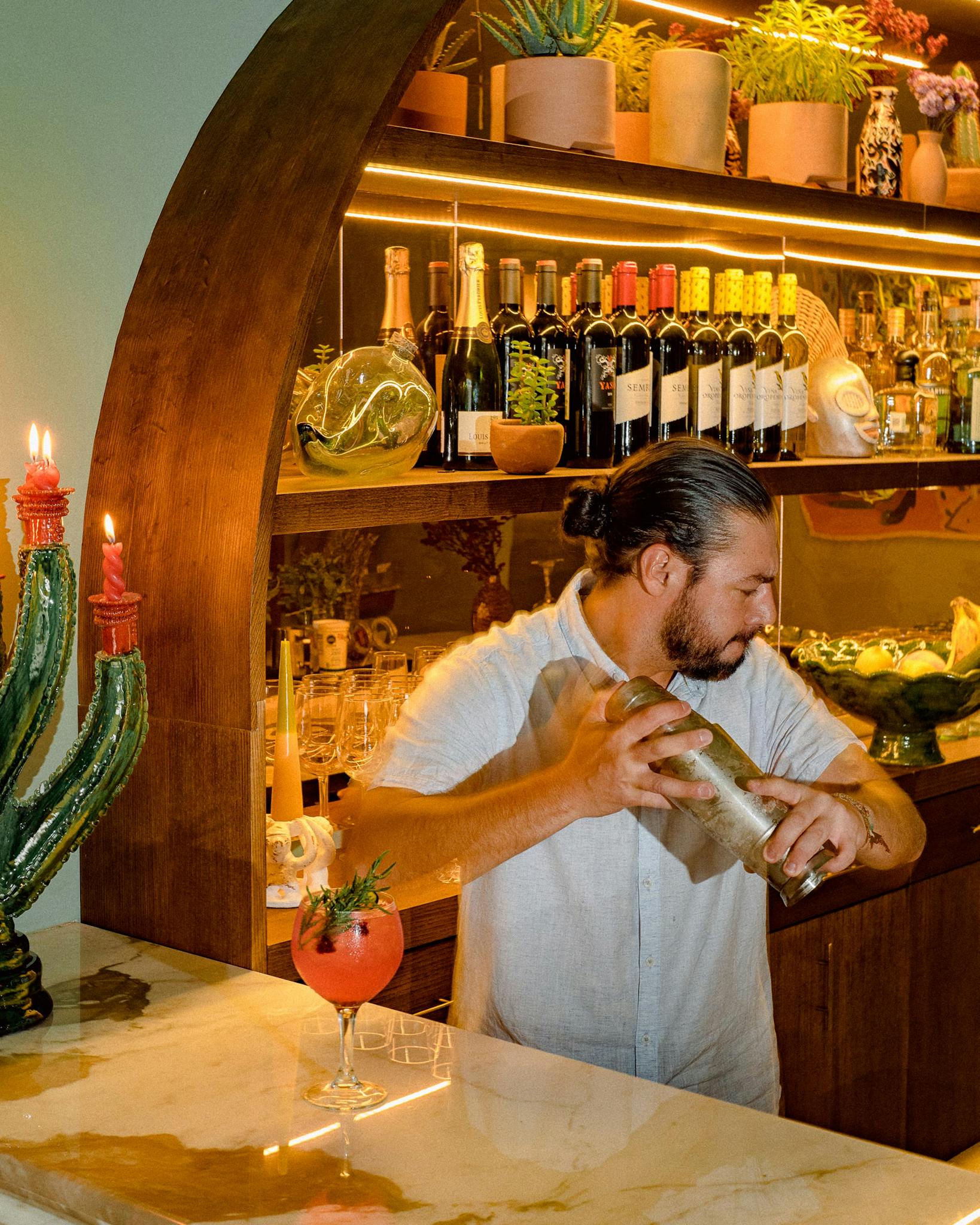

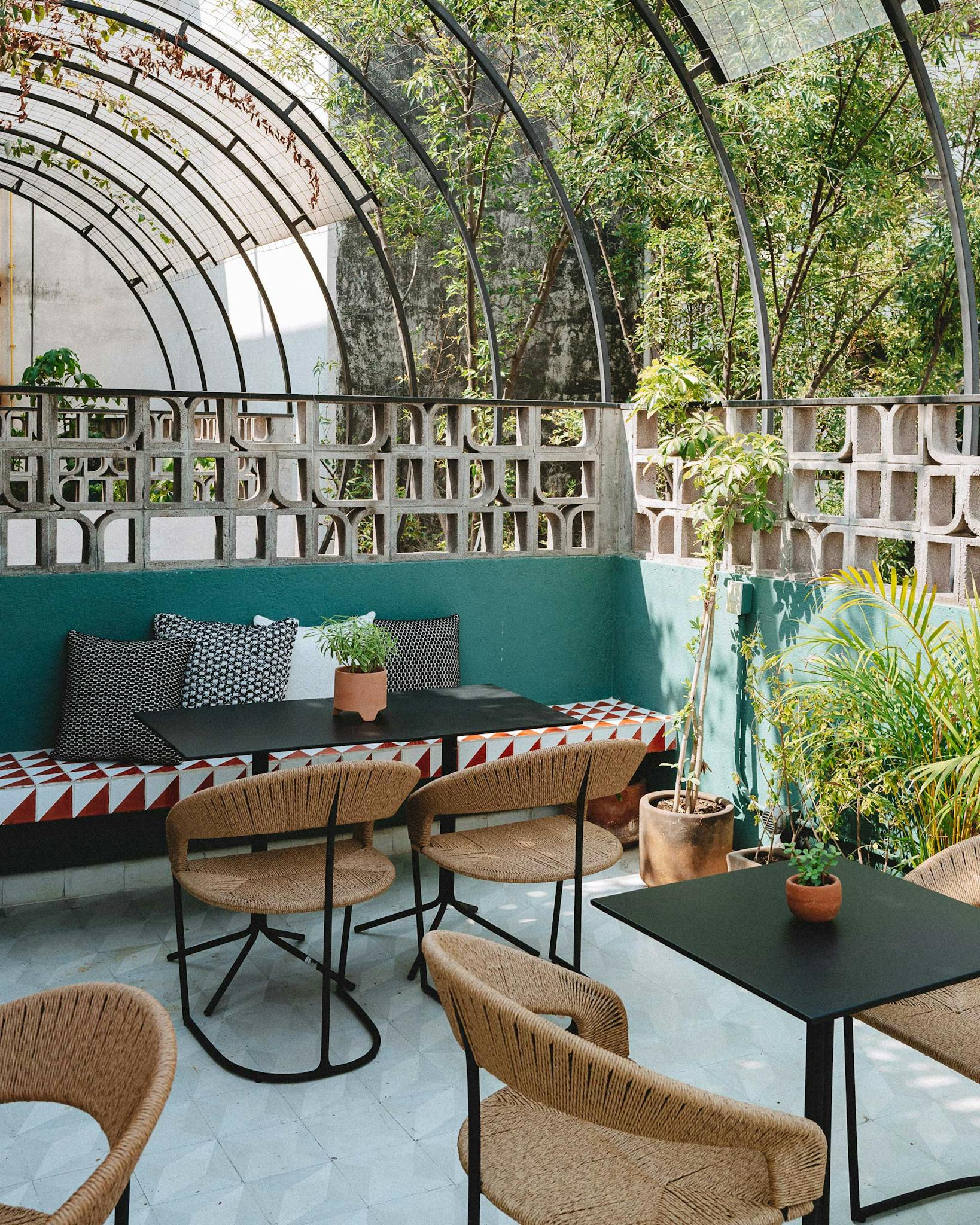
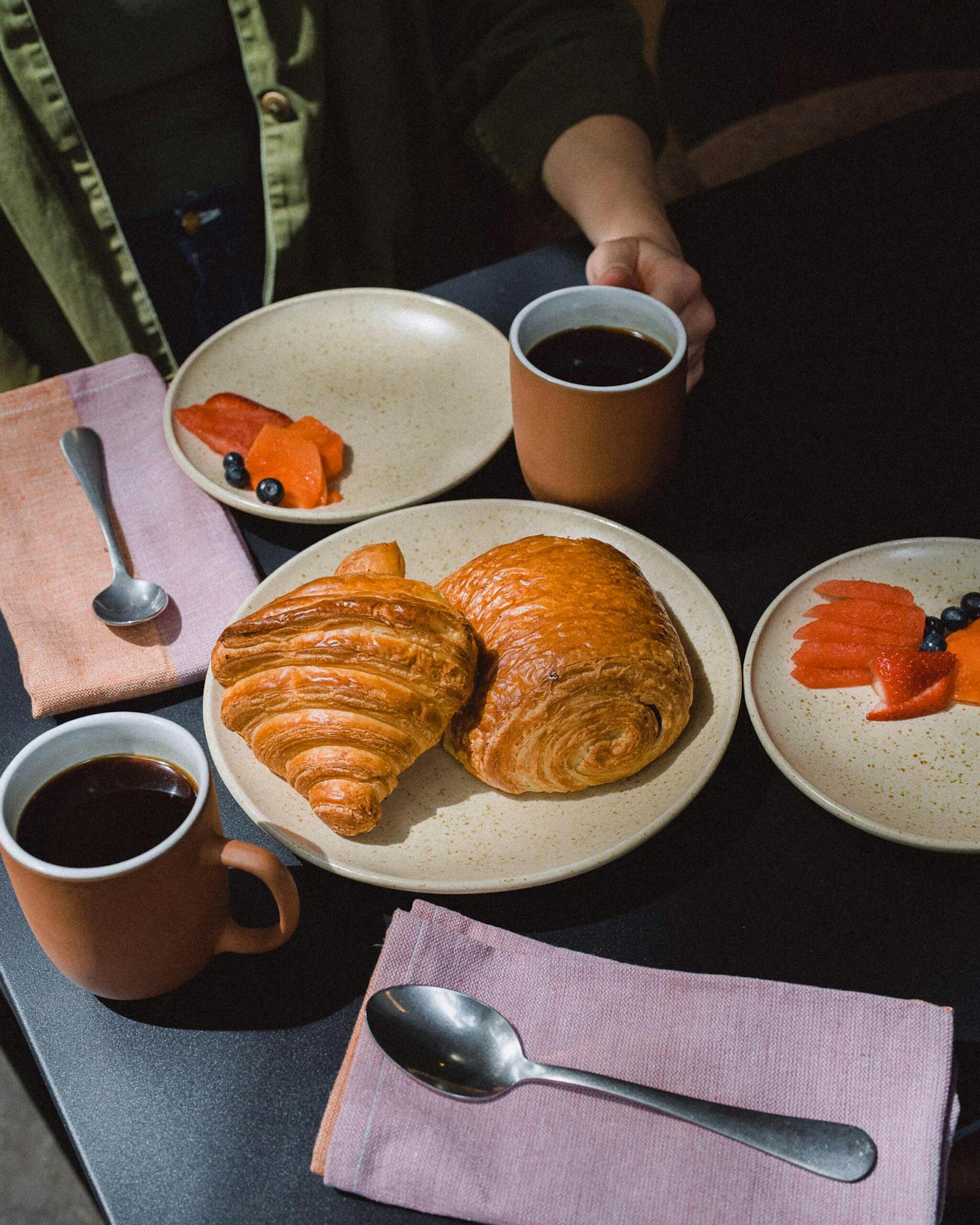
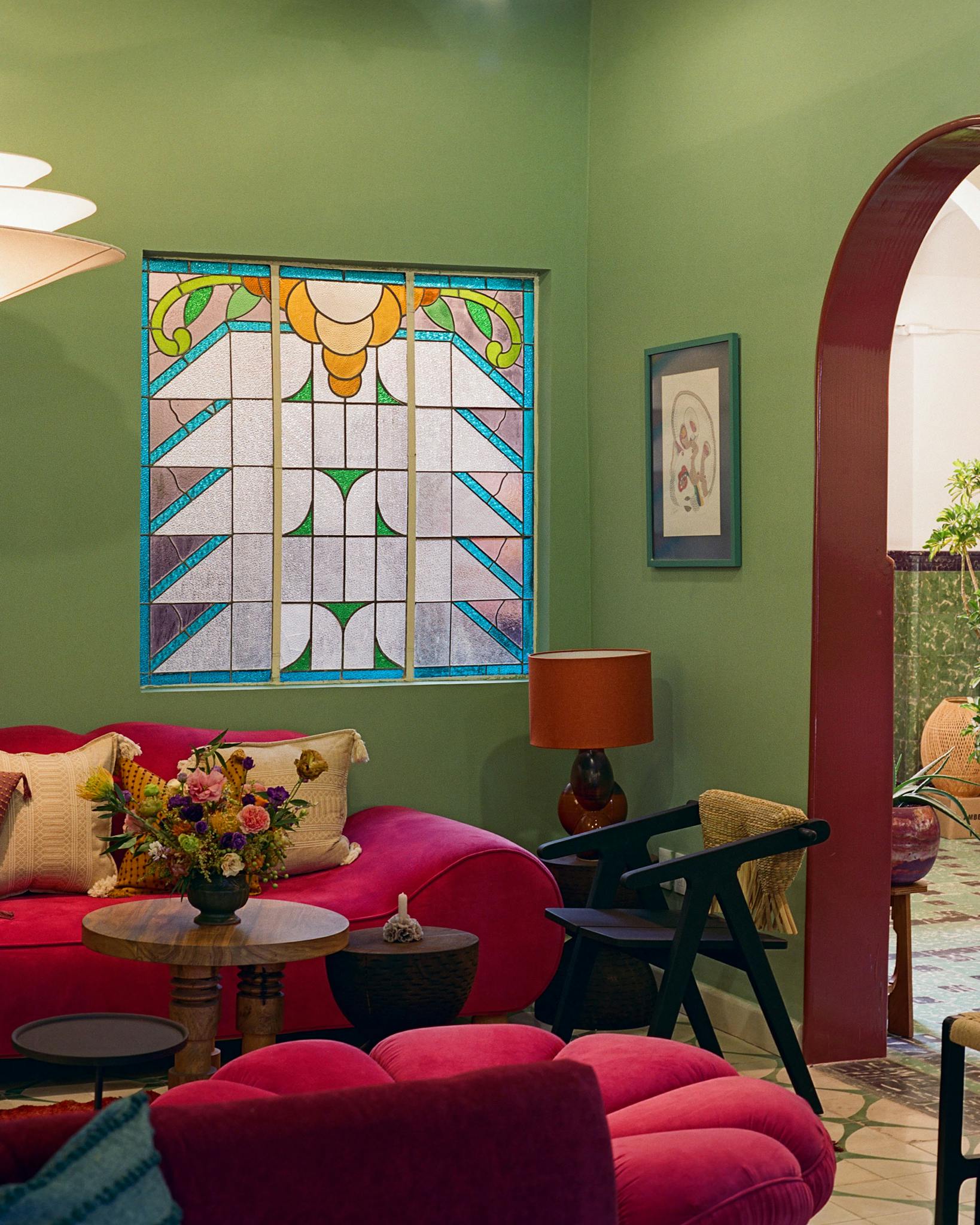
- More About:
- Style & Design
- Mexico
- Hotels
